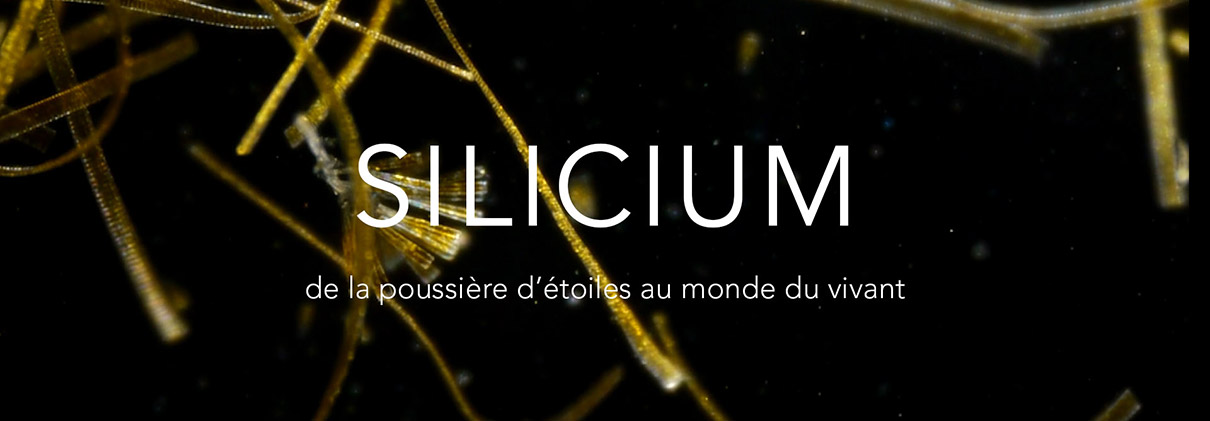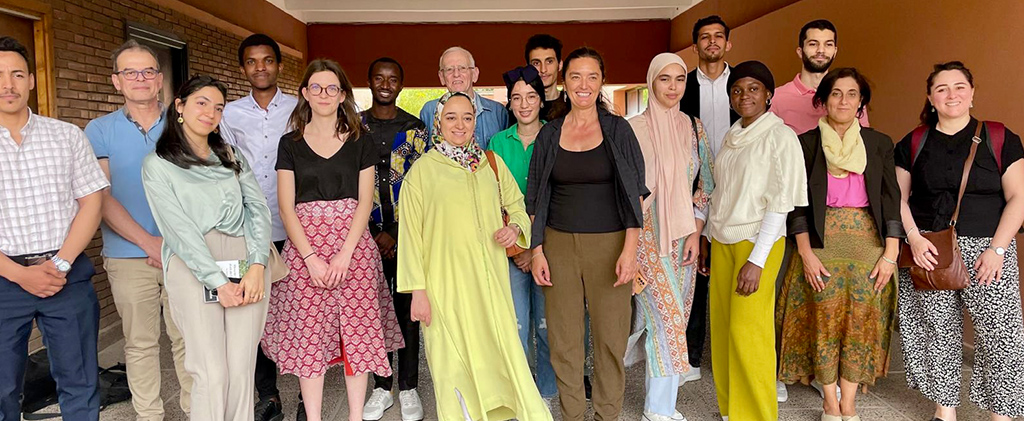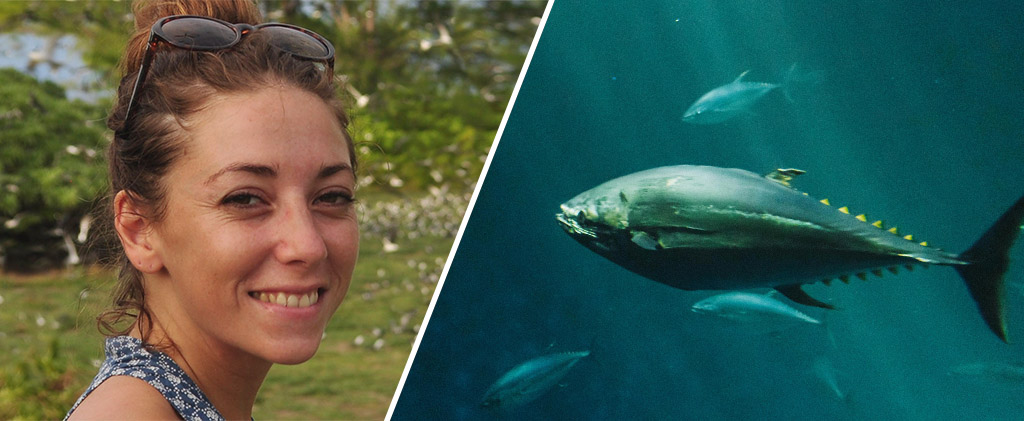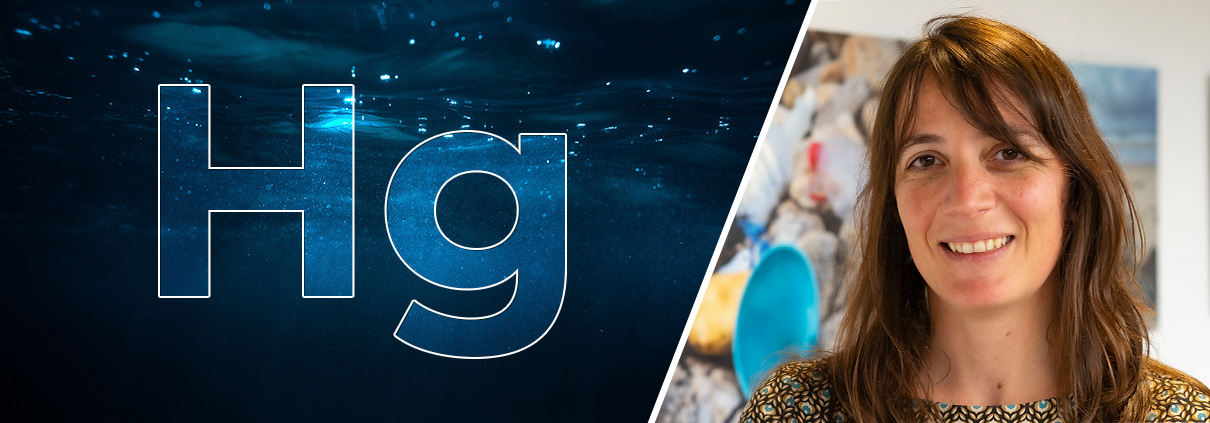SILICON, from stardust to the living world
For several decades, the « Silicon Group » of the Institut Universitaire Européen de la Mer (IUEM) has been studying the silicon cycle on an international scale. In 2020, it created the “Silica School”, whose major themes are summarized in this documentary film. Billions of years ago, silicon was created in the universe by stellar nucleosynthesis. It’s not beyond the realms of possibility that this element serves as the basis for other forms of life in the universe. On planet Earth, it is the second most abundant element, after oxygen. It is a component of numerous minerals whose interaction with the aqueous environment generates a chemical form that can be assimilated by living organisms. Although the oceanic silicon cycle is currently in equilibrium, disruptions are to be expected in the context of ongoing global change.
This documentary film has been imagined by Paul Treguer, produced by Sébastien Hervé and benefits from a collaboration with Océanopolis, the center for scientific, technical and industrial culture in Brest (France).









